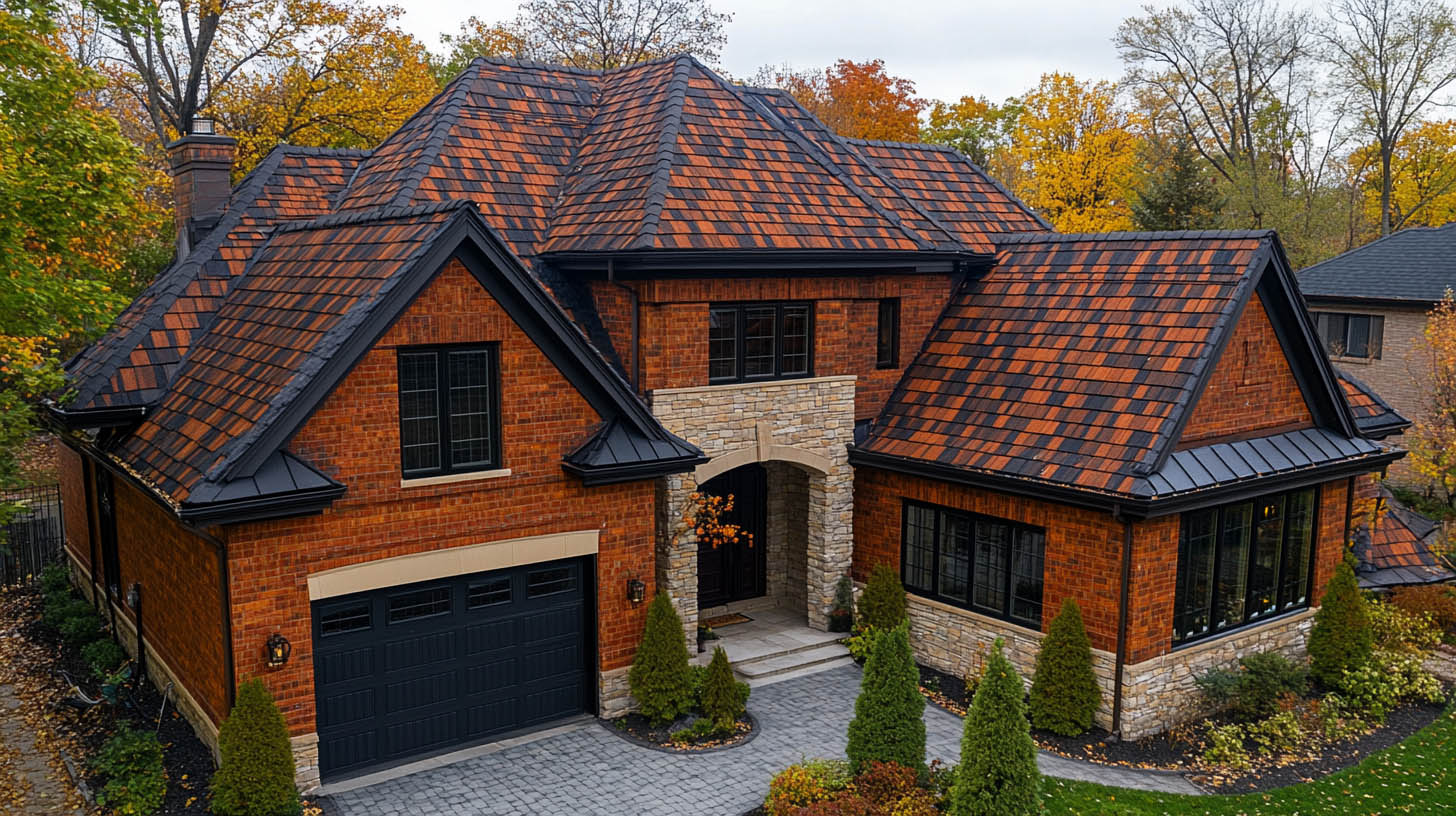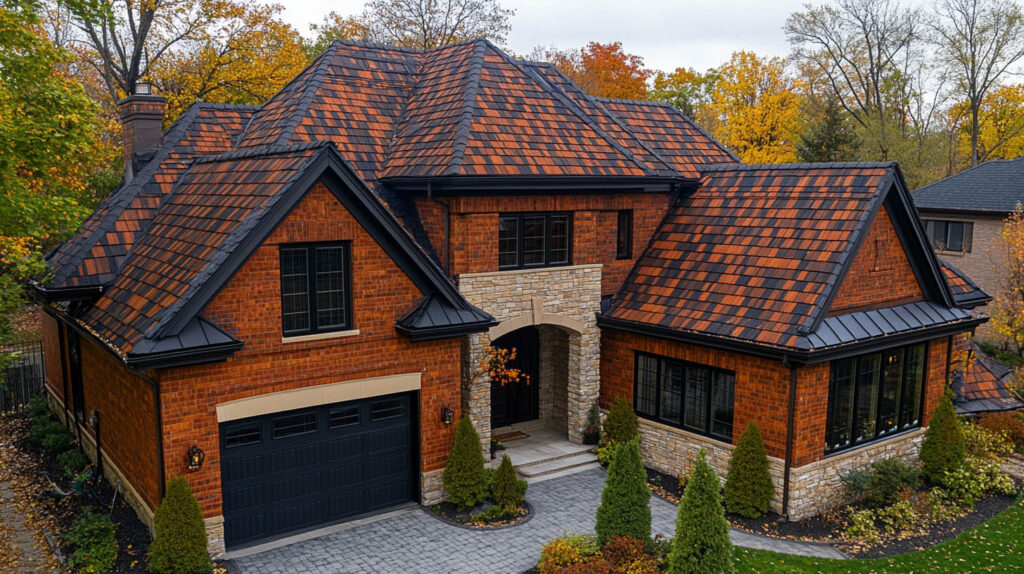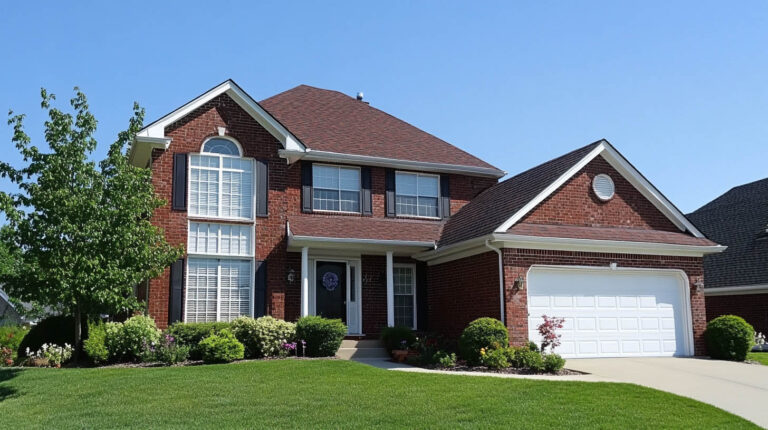
Blog
Roof Replacement or Repair: How to Make the Right Choice
Determining whether to repair or fully replace a roof is a significant decision, especially in areas like Jacksonville, where roofs face exposure to intense weather conditions. Factors such as roof age, damage extent, and cost-effectiveness over time all play a role in this decision. At Avenue Roofing, we provide homeowners with tailored guidance to ensure their roofing decisions protect both their homes and finances.

Key Considerations for Roof Replacement vs. Repair
1. Assessing Roof Age and Material Lifespan
The age of a roof is a primary factor in deciding between repair and replacement. Different roofing materials have varying lifespans, with asphalt shingles typically lasting 15-20 years, while metal and tile roofs last 50 years with proper maintenance. Industry data shows that roofs nearing the end of their expected lifespan often require more frequent repairs, making replacement a more cost-effective option.
| Roofing Type | Average Lifespan (in Florida) |
| Asphalt Shingle (3-Tab) | 10-20 years |
| Asphalt Shingle (Architectural) | 15-25 years |
| Metal Roofing | 40-70 years |
| Concrete/Clay Tile | 25-50+ years |
2. Extent and Location of Roof Damage
The extent of damage significantly influences the choice between repair and replacement. Minor damage, such as isolated shingle loss or a small leak, is often manageable with repairs. However, if more than 25% of the roof is damaged or repairs are required frequently, a full replacement is usually recommended for long-term stability. Persistent issues like multiple leaks or extensive damage near edges and openings may also signal the need for a complete roof replacement.
3. Budget and Long-Term Cost Efficiency
While repairs are generally less expensive initially, multiple repairs can quickly add up. If repair costs begin to approach half the cost of a replacement, investing in a new roof may offer more value by reducing future maintenance needs. If you plan to sell your home soon, replacing an aging roof can also enhance curb appeal and increase resale value.
Interesting Fact: According to real estate experts, a new roof can increase a home’s resale value by up to 5%, making it a worthwhile investment for those considering selling.
4. Impact on Home Insurance Costs
Replacing your roof can positively impact your insurance premiums, especially if you choose impact-resistant or fire-resistant materials like metal roofing. Many insurers offer discounts for new roofs that reduce risk and improve the home’s resilience against severe weather. Consult with your insurance provider to explore potential premium reductions for specific materials.
Pros and Cons: Roof Repair vs. Replacement
Roof Repair:
- Pros: Lower initial cost, faster completion, and suitable for minor, localized issues.
- Cons: Frequent repairs can add up, and it may not address underlying problems, leading to higher long-term expenses.
Roof Replacement:
- Pros: Provides a fresh start, improves energy efficiency, and reduces repair needs over time.
- Cons: Higher upfront cost, requires more planning, and may involve temporary disruption.
Partial Replacement as a Cost-Saving Option
In cases of extensive but localized damage, partial reroofing may be an option. This allows homeowners to replace only the affected area, potentially saving thousands. However, partial replacements may result in slight color variations if new shingles don’t match the existing ones, impacting aesthetic appeal.
FAQs on Roof Replacement vs. Repair
Q1: Is it better to repair or replace a roof nearing the end of its lifespan?
Replacing a roof that’s close to or beyond its expected lifespan is generally more cost-effective, as it minimizes ongoing repair costs.
Q2: Can multiple small leaks be fixed without full replacement?
It depends on the roof’s age and overall condition. Multiple leaks in a newer roof can often be repaired, but older roofs with recurring leaks may benefit from replacement.
Q3: Does replacing a roof affect home insurance?
Yes, a new roof can qualify for insurance discounts, especially if it includes impact-resistant materials. Check with your provider for specifics.
Q4: What are the benefits of a partial roof replacement?
Partial replacement addresses localized damage and can save costs, though it may result in visible color differences between new and old materials.
Q5: How can I tell if I need a replacement instead of a repair?
Signs like widespread damage, frequent repairs, and higher repair costs suggest replacement. Professional inspections can provide a more accurate assessment.
Conclusion
Deciding between roof repair and replacement depends on factors such as roof age, damage severity, and budget considerations. While repairs are cost-effective for minor issues, replacement is a worthwhile investment for older or extensively damaged roofs, offering enhanced protection and potential savings over time. At Avenue Roofing, we provide thorough assessments and personalized recommendations to ensure your roof is in optimal condition, enhancing your home’s durability and value.
To learn more about dealing with a roof leak, click here.



